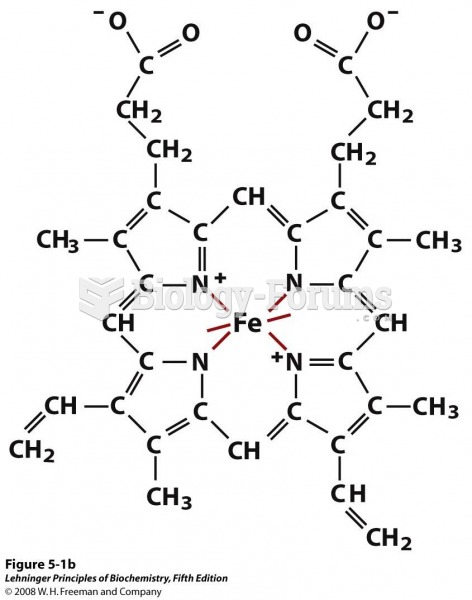Answer to Question 1
Students would have to come up with their own conclusions, but here are some arguments for both sides.
Pro Side
- It does promote large amounts of phytoplankton growth when tested.
- Huge cores of phytoplankton have been found in ice from various ice ages.
- In the deeper parts of the ocean the carbon would be sequestered for thousands of years.
- Approximately one-half of the photosynthesis takes place in the oceans but oceans make up three-fourths of Earth's surface. Seeding would help equalize this disparity.
- The Earth's warming is reducing the productivity of the oceans. Iron seeding could help reverse this trend.
- The process is simple: dump a tanker of iron into an open part of the ocean.
Con Side
- It promotes large amounts of zooplankton growth.
- Some are also worried that the increased mass of plankton will release additional methane and nitrous oxide, which might increase greenhouse gases, and have a counterproductive effect.
- May give people the feeling they have a license to pollute because carbon is being sequestered elsewhere (i.e. people drive more or use more electricity).
- Iron disperses in the ocean rapidly so it would be a very short-term gain and would take huge amounts of iron to sustain bloom activity.
- There is little regulation of the ocean so there is a high probability of something going wrong.
- It is 10 to 100 times less efficient than other natural means of carbon sequestering.
- Iron seeding could trigger an ice age (started by a quip by John Martin, the first to suggest iron seeding in 1993). (Earth Magazine, 1996)
- The amount of iron needed is too expensive in comparison to the benefits.
- May interfere with natural food webs in the area.
- Currents and upwelling from the deep vary from one area of the ocean to another and both must be considered when planning the seeding.
Answer to Question 2
One method to regulate energy use and to reduce the impact of power shortages would be to install thermostats that could be controlled by utility companies. If a power shortage is imminent, the thermostat settings could be lowered or raised by a few degrees. This would reduce the energy demand tremendously but would not be as noticeable to the individual as rolling brownouts or blackouts. This method could also be used to reduce peak loads, thus reducing the number of power plants needed.
It would also be possible to alter pricing. To use power during peak demand times would cost the consumer more. Dishwashers could be run at night when demand was less, and the cost to run the dishwasher would be less. Some businesses could alter when they use the greatest amount of electricity (e.g., automated production runs could occur at night rather than at peak demand times).
Consumers and businesses could be encouraged to switch to energy-efficient appliances and lighting. A program to pay a portion of the cost of the new appliance or lighting would encourage the switch. A recycling program for large appliances (refrigerators, washers, and dryers) could be instituted with the recycling of copper and other metals paying for the recycling operation, and possibly offsetting the costs of the program.
A program to increase the efficiency of electronics and computers could be instituted. A recycling program for these consumer goods would reduce the impact from switching and could offset the cost of the program.
Reducing the number of power plants needed or the amount of energy that is produced would reduce the quantity of air pollution (all but hydroelectric). The amount of environmental damage from siting the power plant and from extracting the fuel (all but hydroelectric) would be reduced. Recycling appliances and other consumer goods would reduce the impact of disposal of the discarded appliances and the manufacture of the new appliances.







